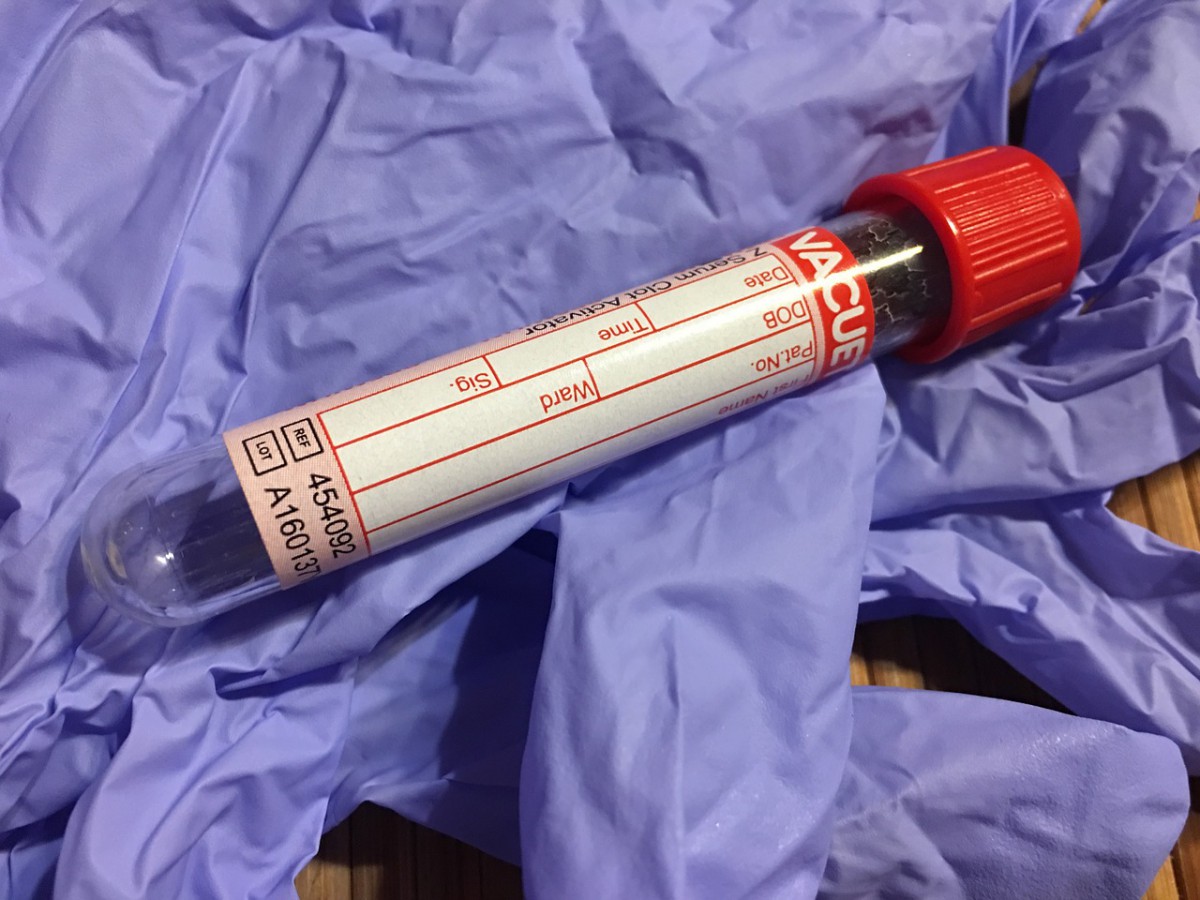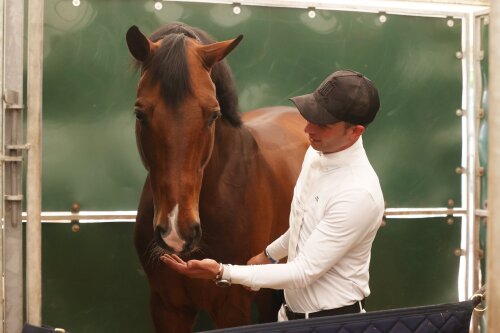A Jordanian Young rider has to support FEI's anti-doping campaign after her horse tests positive to stanozolol. The 17-year-old rider has been suspended by the FEI for 17 months and must also support the anti-doping campaign, as well as being fined 5000 CHF and has to cover legal costs of 2500 CHF.
The horse, Veni Vidi Vici tested positive during the CSIY-B event in Amman, 18-19 October 2018. One month later the rider was notified by te FEI. The test showed a positive result for Stanozolol. This are anabolic steroids used to improve performances by promoting muscular development.
Last year the rider admitted the violation and found a plausible explanation for the positive finding. As she is a young rider she trusted her veterinarian wo treated her horse for lameness due to degeneration joint disease and also chronic kissing spine disease.
However the vet. states he informed the rider not to compete that date.
The FEI stated the violation was very serious and the horse was not fit to compete since it had several treatments that were inconsistent and non-compliant with normal equine veterinary treatments for competition horses. Still after considering the facts and circumstances of the case the FEI concluded the subject had fulfilled the requirements for "no significant fault and negligence" for the rule violation.



